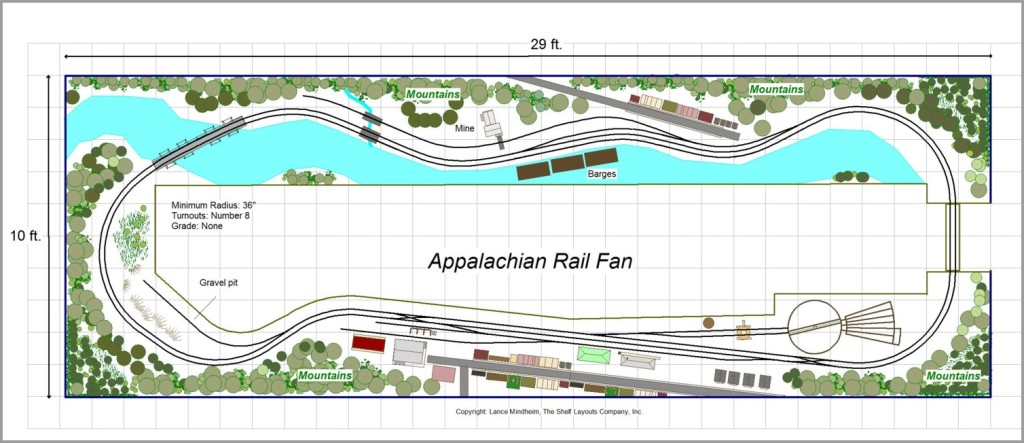Last week we discussed the importance of self awareness in hitting the target of a successful design. Ultimately “success” is defined by a layout that actually gets built (or mostly so) and provides the level of enjoyment the owner wants. It needs to target the areas of the hobby that the builder actually derives the most satisfaction from, not what the model community tells him he “should” be interested in.
Let me introduce you to Earl. Earl actually exists, not individually but as a composite of people I’m typically approached by in my design business. Age 67. Recently retired. Not rich but financially secure. Has wanted a layout his entire life but it’s always taken a back seat to work and family demands. Limited modeling experience but very knowledgeable about the prototype. Modeling activity has centered around some clubs and frequent attendance at train shows, at which he never leaves without dropping major bucks on rolling stock and structure purchases.
Earl has one major advantage, he knows himself (truth be told this is fairly rare but roll with me on this). Earl has been exposed to operations and doesn’t give a rat’s rear about it. He’s been told he ‘should’ design for ops. but it just doesn’t matter to him. Earl loves structure building and has fond memories of rail fanning in Appalachia. He wants a canvas consisting of long coal drags being pulled by big power through the valleys of Appalachia. He has a large roster of both steam and diesel power as well as hundreds of coal hoppers.
The plan above is my design. By conventional standards it is flawed. There is no staging. There is limited opportunity for switching. Consisting of double track, there is no opportunity for train meets in an operational setting. Why? Because, as I said earlier, Earl doesn’t give a crap about operations. Never did, never will. The above plan is a platform to watch trains cruise through scenery, display his motive power, and populate his towns with structures. In short it’s designed to his interests not the outside world’s.
